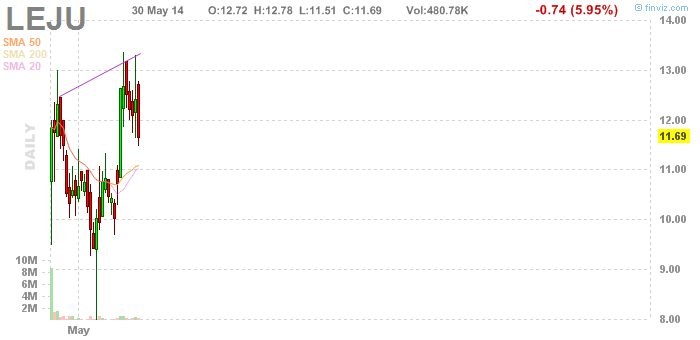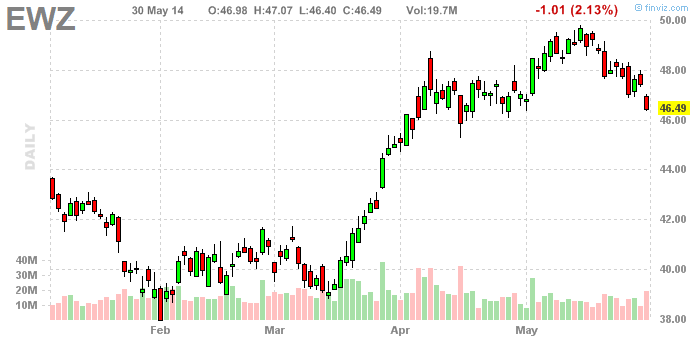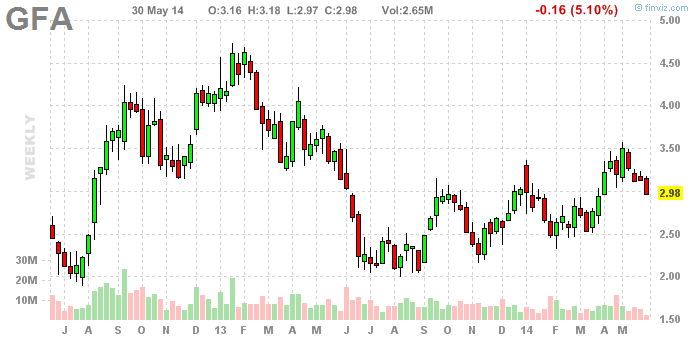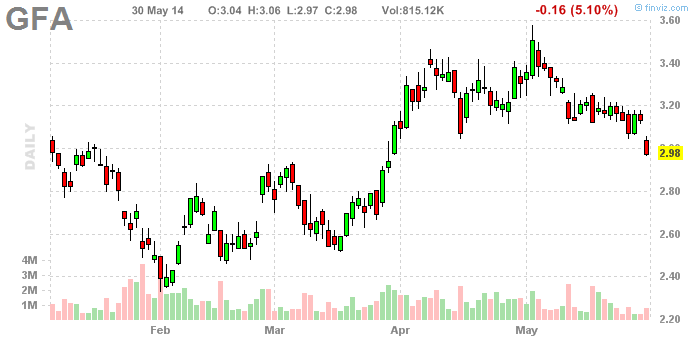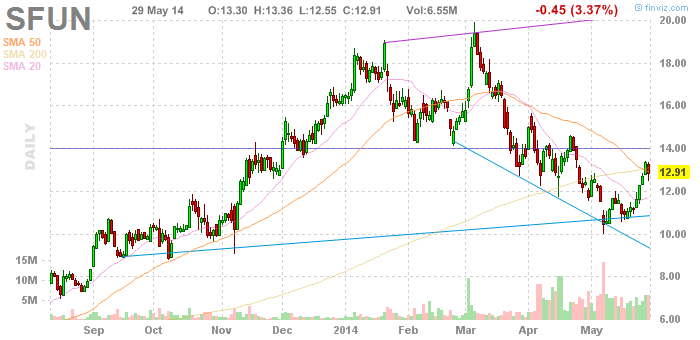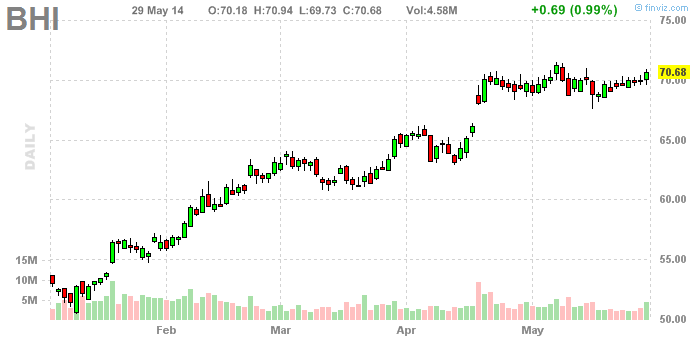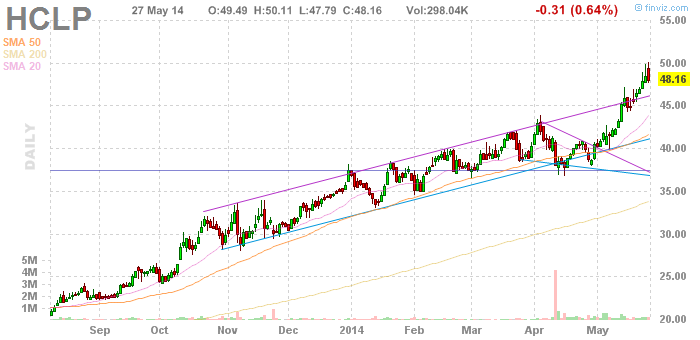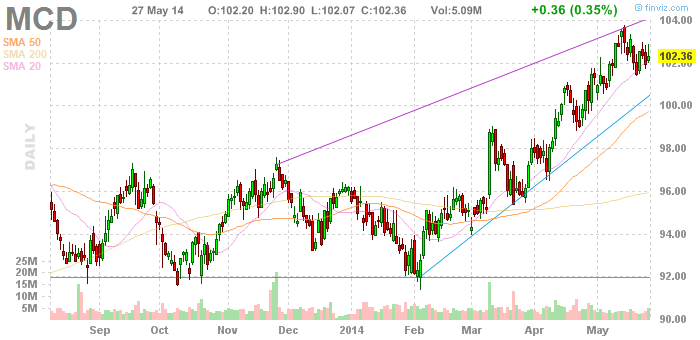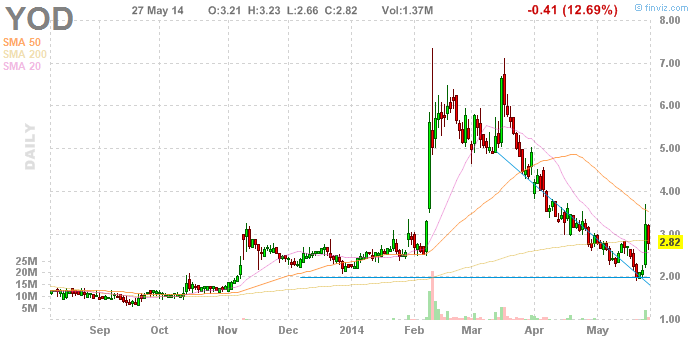Benjamin Graham referred to his style of investment as "Cigar Butt" investing. He would look for companies that had been largely been discarded but still had a few puffs left. Graham reasoned that such companies would trade at a discounts to asserts and would thus provide an opportunity to realize a substantial profit with minimum down side risk.
During the course of researching YOD and its new billionaire investor, I believe that I may have found a company fitting Graham's criteria. One of the companies, Xuechue He, (who purportedly is the 38th richest man in China was involved was Pingtan Marine, a company largely ignored (look at that volume 46,980!):
ORIGINS
PME was has its origins in a "blank check" or "SPAC" company called "China Growth Equity Investment Ltd." (CGEI). CGEI acquired a number of fishing industry companies: Merchant Supreme, China Dredging, Fujian Xinggang Port Service Co., Ltd, Fujian Provincial Pingtan County Ocean Fishing Group Co., Ltd, and rolled them out as new company called Pingtan Marine Enterprises. After this roll up, PME has companies that which presently looking like this:
In other words, there is nothing ground breaking or high tech. They currently own 126 ships boats and fish off of India and the Arafura Sea. The boats are valued about $1Million a piece. They were independently appraised, and the appraisals for each ship are available on the company's website. PME recently announced that it had ordered 25 new boats, which will replace some of the older ships in the fleet when constructed.
The Chinese fishing industry is growing, but I don't particularly care. What interests me is that PME is trading below its tangible book value-of $3.45. In itself, that would not get me excited as numerous companies in declining industries trade below assets. For example, coal companies such as Arch Coal trade significantly below book. (ACI trades at 3.50 and has a book value of 10) PME, however, also has a p/e ratio of 2.7. In other words, we have earnings that are growing and it trades below book. This is one that just might fit Graham's criteria. Indeed, PME trades well below its "Graham Number" of $8.89
The first quarter highlights:
PME's Operations
"We are a marine enterprises group primarily engaging in ocean fishing through our wholly-owned PRC operating subsidiary or VIE, Fujian Provincial Pingtan County Ocean Fishing Group Co., Ltd., or Pingtan Fishing. We harvest a variety of fish species with our owned and licensed vessels operating within the Indian Exclusive Economic Zone and the Arafura Sea of Indonesia. We provide high quality seafood to a diverse group of customers including distributors, restaurant owners and exporters in the PRC."(From annual report)
In other words, there is nothing ground breaking or high tech. They currently own 126 ships boats and fish off of India and the Arafura Sea. The boats are valued about $1Million a piece. They were independently appraised, and the appraisals for each ship are available on the company's website. PME recently announced that it had ordered 25 new boats, which will replace some of the older ships in the fleet when constructed.
Why I'm Intersted
The first quarter highlights:
So we have growth last year. PME has provided revenue guidance of for 2014 of $80 and $85 million. Compared to other fishing industry companies PME is incredibly cheap:
- Revenue from continuing operations ("fishing business") increased 233.4% to $65.6 million from $19.7 million, primarily due to increases in sales volume and unit selling price.
- Gross profit increased 347.1% to $24.0 million from $5.4 million, and gross margin was 36.7% compared to 27.3%, due to an increase in unit selling price, change in product mix and tighter control on cost of revenue.
- Net income from the fishing business increased 393.1% to $21.7 million, or $0.27 per diluted share, from $4.4 million, or $0.06 per diluted share.
It's always a fun game to play the "if it trades at the average what would the price be " game. Based on EPS guidance. PME would be $17 if it were to approach industry means.
RISKS
So we have a $17 stock trading below book value at $3.20, slam dunk right? Not so fast. As with any Chinese stock there first question is whether you can trust the numbers. The Company hired a public accounting firm that is supposed to verify compliance with GAAP standards, etc.. So if the auditor does its job, this still sits pretty. That being said, I would be still very skeptical if I saw widespread warrant exercising and dilution. Fortunately, I do not see dilution. The number of shares outstanding has remained at 79,055,053 since 2012.
Two other things raise at least some yellow flags. The the company's "in the press" section contains Seeking Alpha articles and by "the street" recommending its stock. I'm not big on companies that promote their own stock rather than their companies. But this is not necessarily a big deal, the company sells fish at market prices so there's no need to brand or advertise, etc.. Still just keep the self promotion on the watch list.
In addition, there are numerous closely related party transactions. Some of these are because of the roll up where individuals involved in the subsidiaries. This should cause some questions to be asked but it is not a reason to totally stay away.
Ironically, one the things that has eased my concerns is that PME is taking on new debt to finance the new ships. Small cap companies with debt will outperform those with no debt. To some degree, the additional debt provides some assurances over the finances of PME as what lender would provide such loans without confidence of being paid back.
CONCLUSION
This is a fishing company. The industry is not complicated and should not be that subject to trends. We know the company hard assets from the boats they owned and were independently appraised. Because PME trades below book and earnings have increased, I feel that it is worth the risk of taking a position and I've done so.
Trade RISKS PME is thinly traded, so position size should be 1/2 to 1/3 of normal position size. Also, given the liquidity issues, do not use a hard stop. My mental stop would be 3.00 for less than 1R risk.
Trade RISKS PME is thinly traded, so position size should be 1/2 to 1/3 of normal position size. Also, given the liquidity issues, do not use a hard stop. My mental stop would be 3.00 for less than 1R risk.



